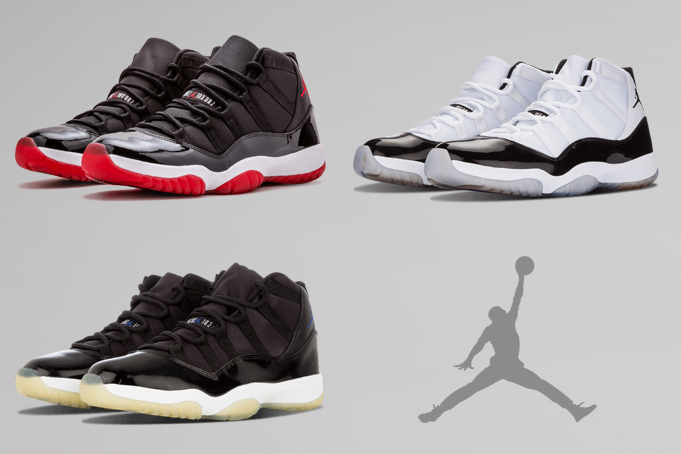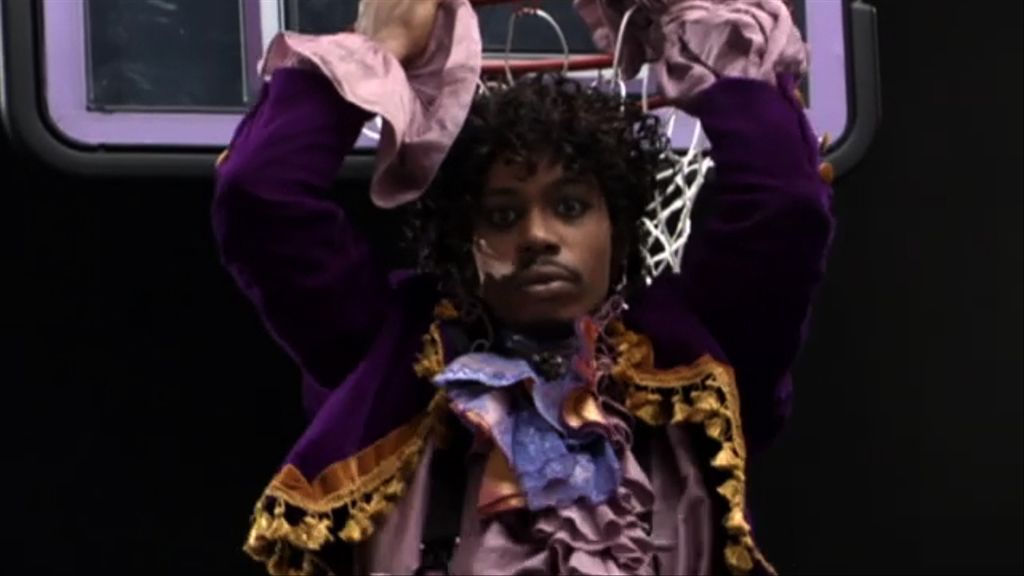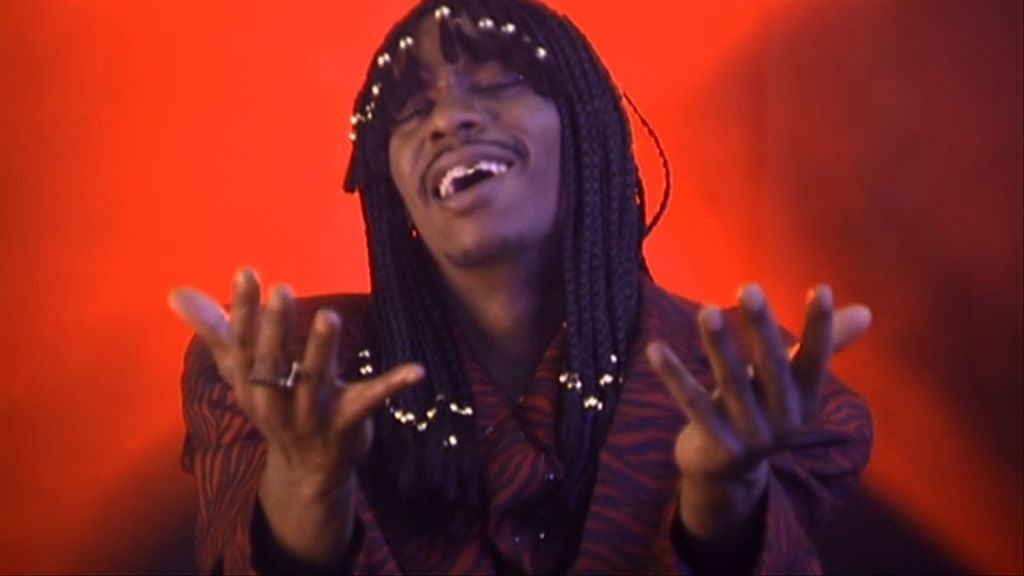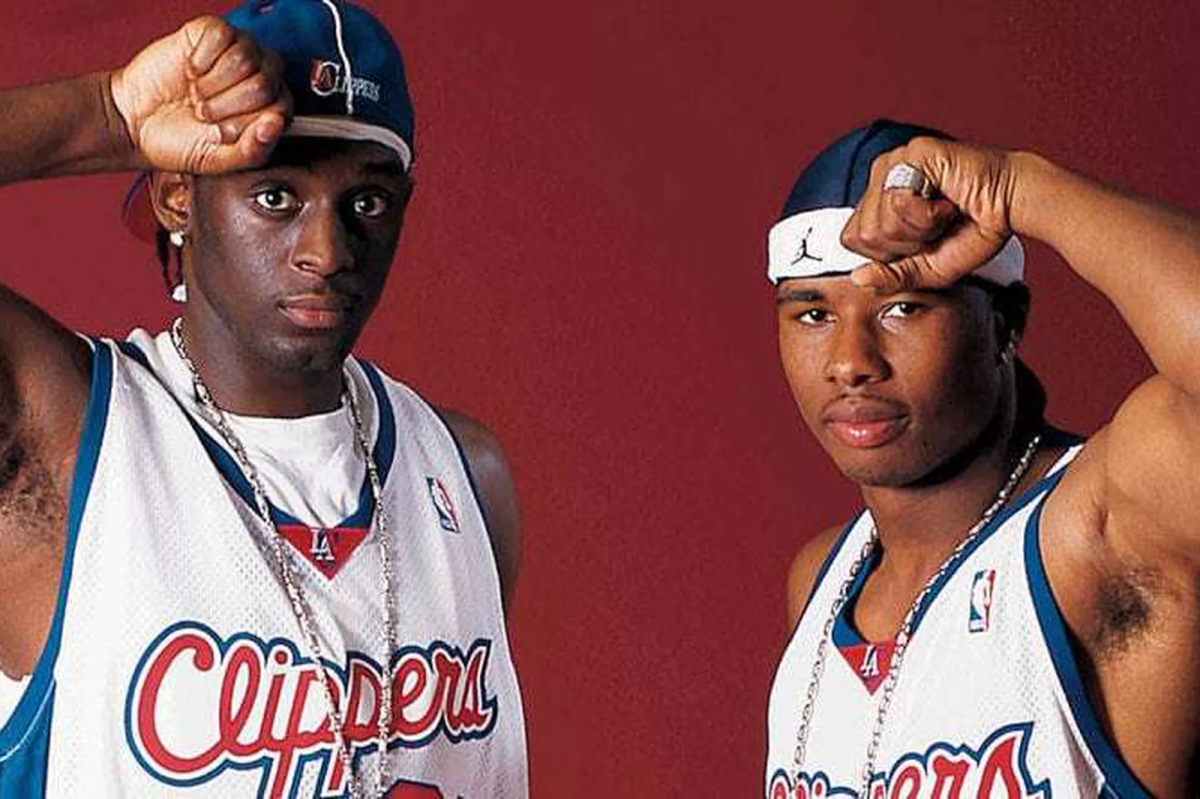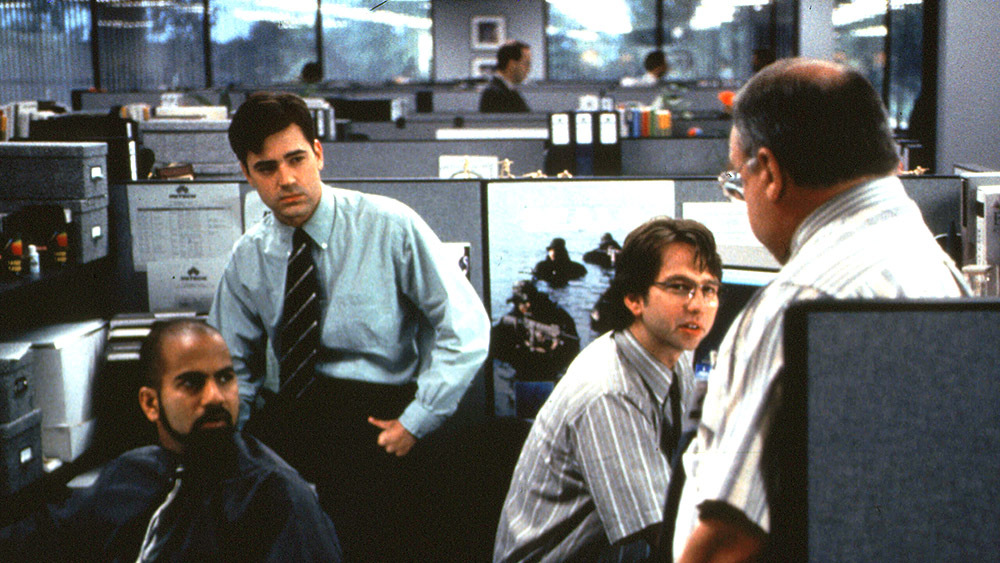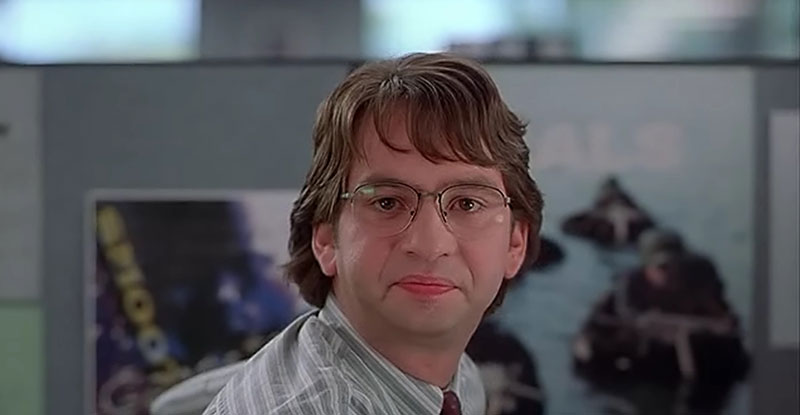Image courtesy of Bleacher Report
In terms of sheer grace and ferocity, no one ran the football quite like LaDainian Tomlinson back in the 2000’s. Tomlinson, or L.T. for short, (no not that L.T.) was one of the most dynamic stars of the 2000’s and was the main engine behind a San Diego Chargers offense that racked up five division titles during the decade. In addition to his prowess running the football, Tomlinson was a dynamic receiver out of the backfield and also a secret weapon as a passer for the Bolts. His drive and ambition helped to bring the Bolts to arguably their most impressive and lucrative stretch in franchise history and earned him a ticket to the NFL Hall of Fame as a first ballot member in 2017.

His impact on the Bolts started early on as a first round pick out of TCU in the 2001 NFL draft. Tomlinson was selected as a consensus All-American and also the winner of the Doak Walker Award as the best running back in college football. After a brilliant college career (including three touchdowns in the Horned Frogs 41-10 win over Nevada in 2000), Tomlinson was selected with the fifth overall pick by the Chargers. His rookie year saw him rush for over 1,200 yards and in 2003, he became the first player in NFL history to rush for 1,000 yards and record 100 receptions in the same season. L.T. galvanized fans in the greater San Diego area and was elected to the Pro Bowl five times in his career.
During the peak of his career, no season better defined his legacy with the Bolts than his MVP campaign in 2006. This season saw Tomlinson set league records for both rushing touchdowns in a year (28) and also total touchdowns in a season (31) as he led the 14-2 Chargers to a No.1 seed in the AFC playoffs. While the Bolts fell short in a divisional heartbreaker to the Patriots, Tomlinson’s campaign forever established him as an icon in San Diego. He was named NFL Most Valuable Player for his efforts in 2006 and also ended up leading the league in rushing yards and touchdowns in 2007.
As the decade drew to a close, Tomlinson still had a handful of tricks left in his bag. As one of finest trick-play specialists in league history, Tomlinson threw for eight touchdown passes and is only behind Walter Payton in league history for non-quarterback players throwing for touchdowns. Powered by L.T. and quarterback Philip Rivers, the Chargers advanced to the AFC title game in 2008, but were ousted by the Patriots yet again. His next two seasons were again effective and he ended the decade dominating most major statistical categories. Tomlinson led the NFL with 12,490 rushing yards in the 2000s, 1,897 more than runner-up Edgerring James and his 138 rushing touchdowns during the decade set an NFL record for any decade, and were 38 more than any other player in the 2000s.Tomlinson also dominated the Bolts’ main rival, the Oakland Raiders, by going 14-4 against the Raiders as a Charger, with 22 rushing touchdowns, three scoring receptions and three touchdown passes.
While L.T. was never able to capture that elusive Super Bowl title, his impact on the franchise was immense. He was named to the NFL 2000’s All-Decade Team and eventually inducted into the College Football Hall of Fame as his playing career ended. Since his time leaving the Chargers, Tomlinson has been a focal point in the community and is still employed by the team as a special assistant to owner Dean Spanos. While the Chargers no longer reside in San Diego, Tomlinson has always been an advocate for a club that gave him his start in the NFL and where he delivered a truly thunderous performance over the decade.
With it almost being Friday, leave a comment below with your favorite player from the 2000’s.


